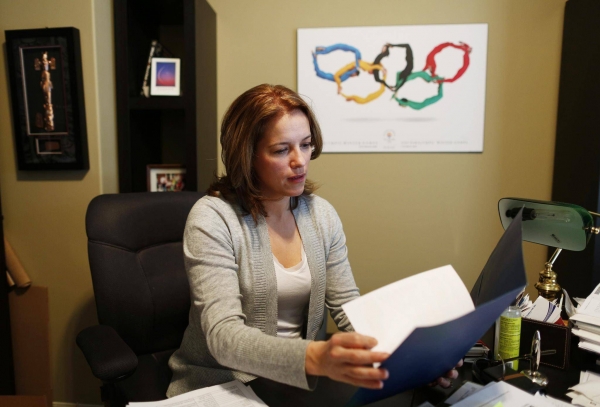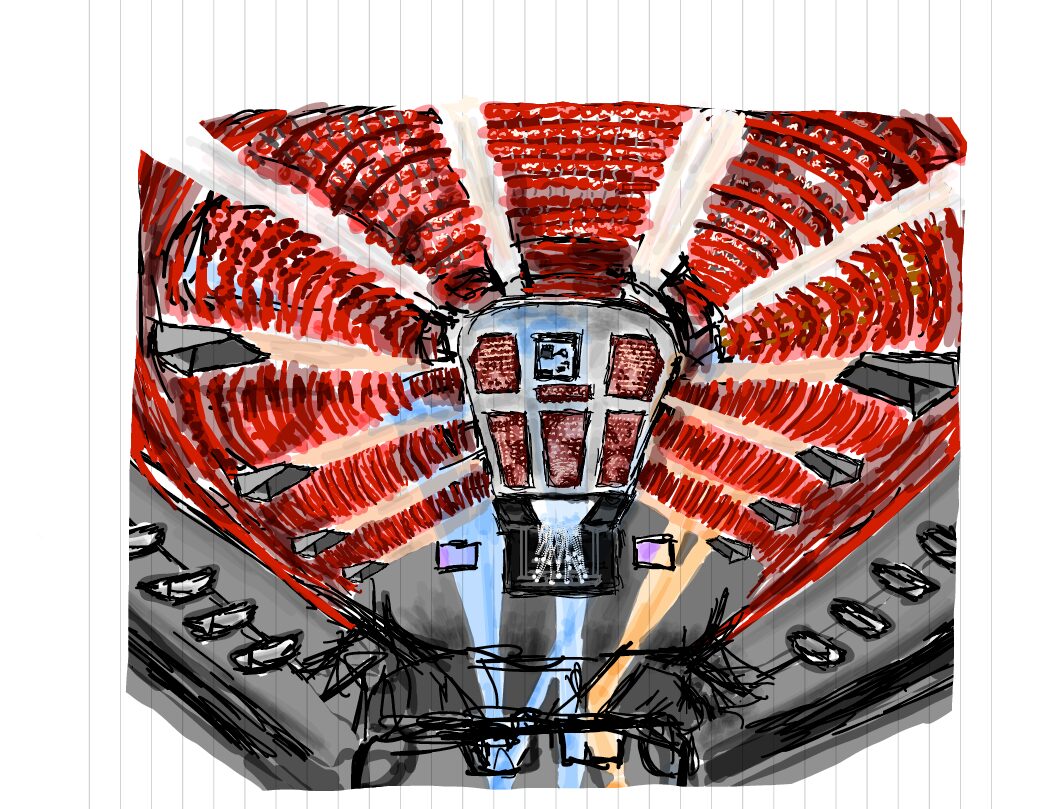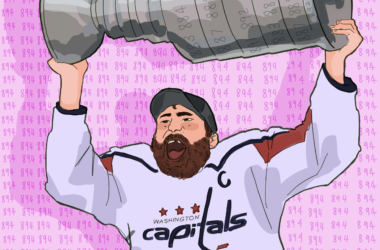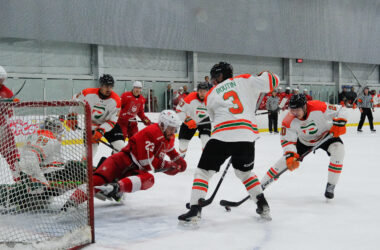Within the world of North American women’s hockey, there is a growing movement to unite the two professional leagues: The Canadian Women’s Hockey League (CWHL) and the National Women’s Hockey League (NWHL). This movement has gained significant momentum after hockey icon Cassie Campbell-Pascall—three-time Olympic Medalist and former captain of the Canadian women’s hockey team—voiced her support.
On March 20, Campbell-Pascall stepped down from her position as a governor of the CWHL. Her main reason for resigning was the ability to publicly speak about her beliefs regarding the merging of the CWHL and the NWHL.
The most prominent advantage to unifying the leagues would be pooling talent. A unified, more competitive league would make it easier to attract fans and grow the sport because of increased star-versus-star matchups.
The CWHL includes seven teams across Canada, the United States, and China, and has been in existence since 2007. The NWHL, meanwhile, debuted in 2015 and includes four teams based exclusively out of the United States.
News of Campbell-Pascall’s choice to leave the CWHL comes after comments by NHL commissioner Gary Bettman in an interview with Calgary radio station Sportsnet 960, in which he opined that there should be one women’s league, and that it is difficult for the NHL to engage with two leagues.
“I think there probably isn’t enough talent for two leagues right now,” Bettman said. “Having two leagues makes it more difficult for us to get involved [.…] Women’s hockey need to get stronger, particularly if there’s going to be a meaningful pro league. Fragmentation doesn’t help in that pursuit.”
Indeed, a single unified league represents the best path for the sport moving forward. A unified league would mean that the game’s best players would be concentrated in one place, resulting in a higher level of competition—which would attract fans and grow the sport. The increased competition could also improve the talent of future generations of players, further perpetuating growth.
In speaking out on the creation of a combined professional women’s league, Campbell-Pascall voiced frustration with the commissioners of each league: CWHL commissioner Brenda Andress and NWHL commissioner Dani Rylan.
“Both commissioners know what needs to happen,” Campbell-Pascall said on Sportsnet 960. “You have to point the finger at both commissioners. If I’m commissioner and I hear Gary Bettman finally come public and say those comments, what am I waiting for and what am I doing?”
In a later interview with The Canadian Press Campbell-Pascall reiterated that her focus was for the two leagues to join.
“I’m not at odds with the Canadian Women’s Hockey League, and I’m not at odds with the National Women’s Hockey League,” Campbell-Pascall said. “I’m at odds with why we haven’t become one.”
Her actions have prompted a plethora of players from both leagues to speak out about the matter, taking to social media using “#oneleague”, in a mass show of support.
Regardless of the importance of having one professional women’s league to fans and players alike, the logistics of merging the two leagues could prove problematic. But, from all accounts, it appears as if the topic is not something on the radar of either Andress or Rylan. Their lack of dialogue is certainly inhibiting the beginning of the process.
When Hilary Knight signed with Les Canadiennes earlier this month, the possibility arose that she might one day play alongside Olympic rival Marie-Philip Poulin, who took the end of the season off after participating in the PyeongChang Winter Olympic Games. With one league, matchups and rosters like these will become the rule rather than the exception. It is important for professional sports leagues to market their stars, and a unified women’s league would certainly be conducive to this.









